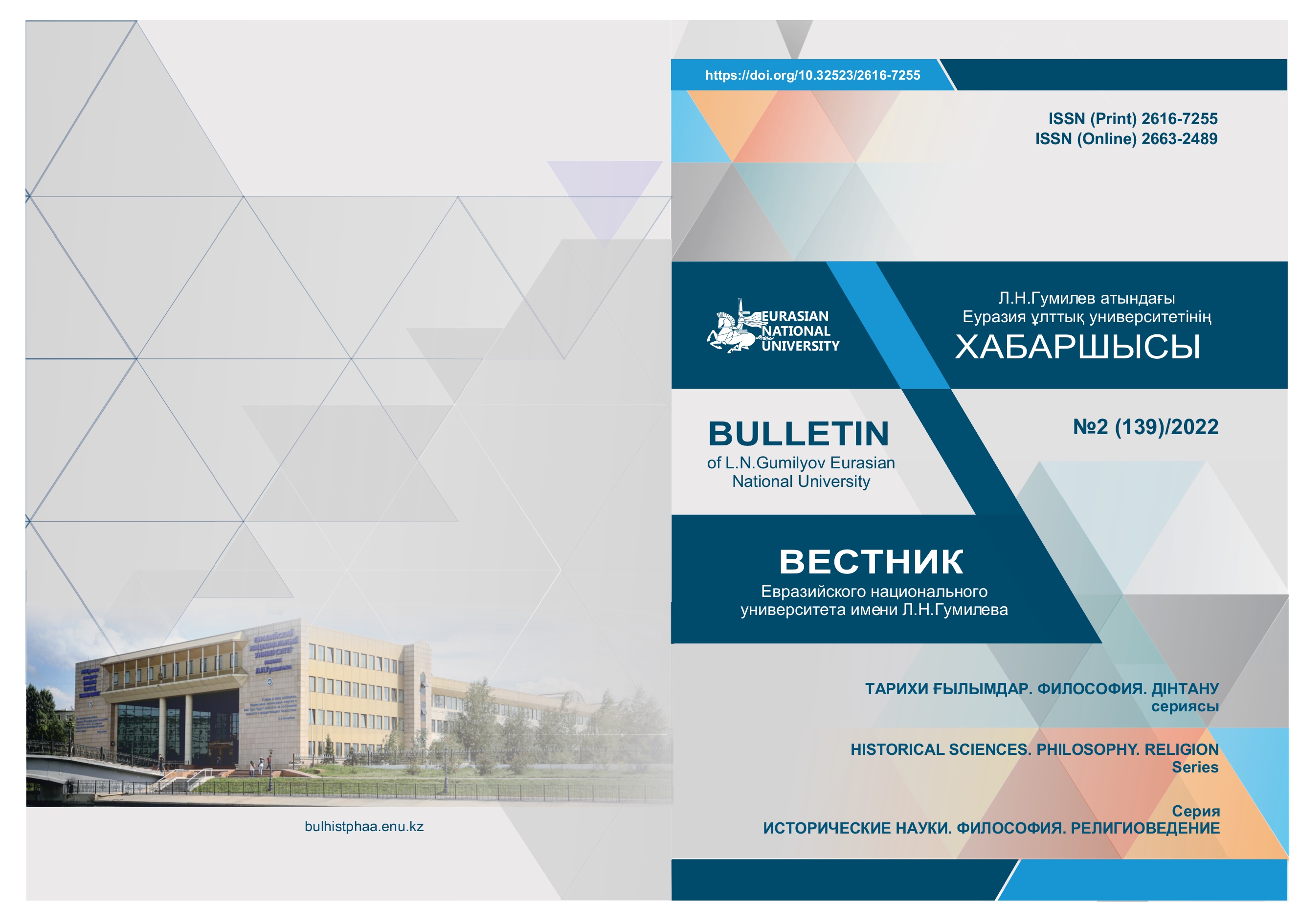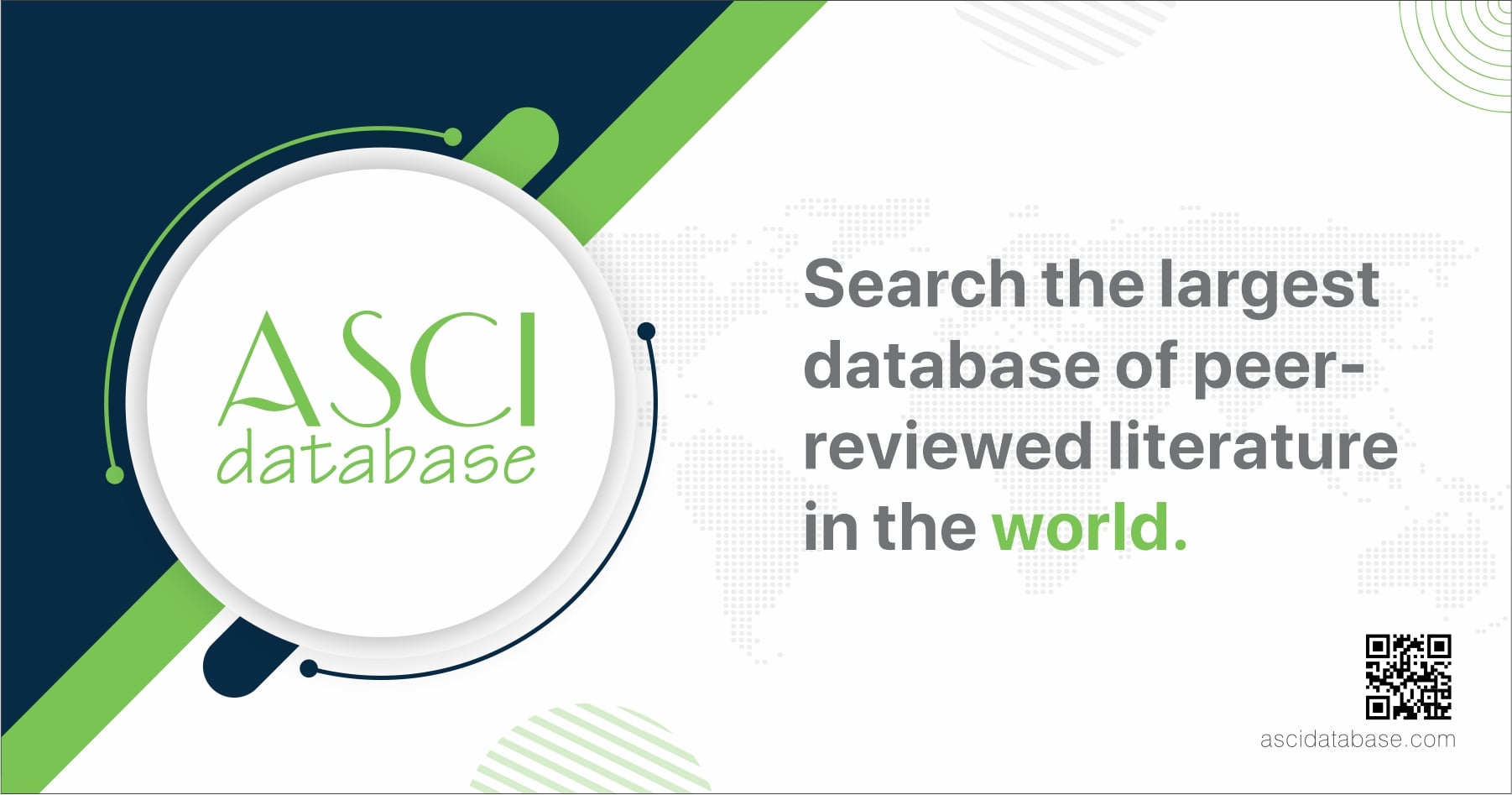On the hydronymy and hydrography of the rivers of Kazakhstan in the scientific heritage of academician V.V. Bartold
Views: 188 / PDF downloads: 237
DOI:
https://doi.org/10.32523/2616-7255-2022-139-2-151-167Keywords:
historical geography; academician; oriental studies; toponymy; linguistics; hydronym; hydrography; source; river; traveler.Abstract
The article analyzes the hydronymy and hydrographic state of the rivers of Kazakhstan in the Middle Ages according to the works of Academician of the St. Petersburg Academy of Sciences, orientalist, Arabic scholar, philologist V.V. Bartold, in comparison with the research of Soviet and Kazakh specialists in history, geography, and linguistics. There are used various works of Academician V.V. Bartold as research materials, including his articles on the rivers of the Kazakh land written for the Encyclopedia of Islam, toponymic, geographical, and historical works of Soviet and Kazakh specialists in history, geography, and linguistics. In the course of the research, the author tries to form a historical and geographical image of medieval Kazakhstan by studying the works of V.V. Bartold about the rivers Irtysh, Ili, Ural, Syrdarya, Chu, and Turgai based on Arabic, Persian, Chinese and other original works of travelers, historians of the early and medieval period. The names and hydrographic states of the rivers mentioned in the article are presented in comparison with both the arguments of the academician and their characteristics in modern geographical science. It becomes obvious as a result of discussions that his research on the river systems of Kazakhstan is still relevant among the scientific heritage of Academician V.V. Bartold. Specialists in history, geography, and linguistics in their research on this topic take as a basis the judgments and conclusions of the academician. Thus, the scientific research of the orientalist, academician V.V. Bartold has shown its viability.
Downloads

Downloads
Published
Issue
Section
License
Copyright (c) 2022 Dauren S. Smagulov

This work is licensed under a Creative Commons Attribution-NonCommercial 4.0 International License.







